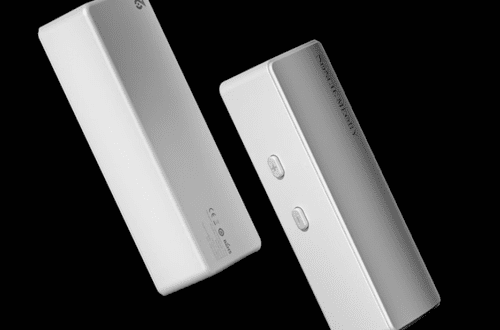HIFI Diary: FiiO JF11 Earbuds Review
I. Introduction
Fiio recently released a flat-head earphone, and a friend bought it and sent it over for a review. Although it was delayed for more than a week due to laziness or other reasons, I finally remembered to write about it today. Currently, this earphone is priced at $5 and is an entry-level earphone.
II. Preparation for the Evaluation
The earphones being evaluated in this review are the FiiO JF11 U-shaped low-frequency extension flute tube flat-head earphones, compared with the original Small earphones. They are directly plugged into the BLOG owner’s monitoring terminal TASCAM Portacapture X8 for listening. This is a very simple solution. The main consideration is that both earphones are very low-priced, so there is no need to use a high-end front-end. The playback is done through QQ Music using WASAPI, focusing on simplicity and ease of use =W=.
III. Evaluation Pieces/Scoring Method
The track selection is based on the blogger’s usual listening preferences, which are about 50% ACG music, 30% modern music, and 20% classical music. Therefore, the selection leans heavily towards Japanese music. The scoring criteria are derived from a simplified version of Liu Hansheng’s “Twenty Essentials for Audio,” with a maximum score of 10, though generally, the highest score given is 9. A score of 8 indicates a clear advantage in the scoring category, 7 signifies excellence, 6 means it can be normally appreciated, 5 means it can be normally listened to, and scores below 5 are not commented on. For a more detailed evaluation plan, please refer to here.
IV.Test begins
| 项目 | NICEHCK Small | FiiO JF11 | Qianyun 25 Tenth Anniversary Edition |
| Integrity | 6.5/10 | 6.5/10 | 6.5/10 |
| High frequency | 6.5/10 | 6/10 | 5.5/10 |
| Medium frequency | 6.5/10 | 7/10 | 6/10 |
| Low frequency | 5.5/10 | 5.5/10 | 6.5/10 |
| Analysis, separation | 7/10 | 7/10 | 6/10 |
| Sound field, density | 6/10 | 6/10 | 5.5/10 |
| Drive, dynamic | 5.5/10 | 5.5/10 | 6/10 |
| Total score | 6.2/10 | 6.2/10 | 6/10 |
V. Functionality/Ease of Use
Although the NICEHCK Small and FiiO JF11 share the same headphone rating, their actual listening experiences are quite different. The blogger tested them with a variety of tracks, including Yan Xuemin’s Drum Poem, Yasunori Nishiki’s Ending Theme, Seth Staton Watkins’ Oh Palestine, Oh Palestine, Qin Yong’s Unfinished, Rabpit’s Saika, Jess Lee’s Blazing Fire, and TAMUSIC’s 天空の悲恋歌. These tracks cover a wide range of genres, but since this is a quick review, I’ll skip the song-by-song breakdown and get straight to the summary.
Overall, the JF11 takes a more restrained approach, while the Small goes for a flashier style. Vocally, the JF11’s midrange is noticeably better, but the Small dominates the high frequencies with stronger penetration, more detail, and a thinner sound. The JF11, by contrast, is smoother and more refined—pleasant to listen to, but lacking in high-frequency detail.
For instruments, the Small feels light and lively, while the JF11 is steadier and more mature. That said, both show their budget origins. The Small struggles with bass depth and piano timbre, while the JF11 falls short in violin performance. Essentially, they’re both budget headphones with different strengths and weaknesses, and your choice will come down to personal preference (or bump up your budget).




